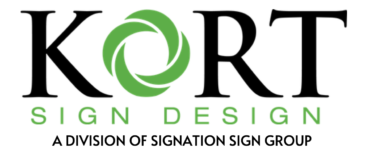Digital signage is used in commercial buildings such as department stores, schools, libraries, office buildings, medical facilities, airports, train and bus stations, banks, auto dealerships and other public venues. They are sometimes referred to as dynamic signs, but they’re only ‘dynamic’ if the contents changes. Typically, a flat screen is controlled by a computer or some sort of playback device. The playback could be as simple as a flash drive, and most TV’s today have a USB port. If the display is connected to a flash drive, you’ll have to update your content manually. If you have a computer or media player controlling the display, the data on the screen can be updated in real time by means of an Internet or proprietary network connection.
There are several advantages to using digital signs instead of traditional ones. Digital signs can be updated off-site while traditional signs require individual replacement and physical travel to sign sites by personnel. For example, let’s say you own several commercial buildings and you’d like to have a dynamic digital display for your directory instead of a static board that must be updated by hand every time a tenant changes or any of the content changes. Depending on the software/hardware solution you choose, you could update several of these directories at once from your office!
Not only can digital signs be animated and deliver sound (depending on the software/hardware solution you choose), you can divide up your display in what we call ‘zones’. For example, let’s say you have a directory for your commercial building in the lobby. Most the display will show where all the tenants are with suite numbers, etc. Other areas of the display (zones) could show today’s weather, or news breaking stories, or perhaps highlight one of your tenants and show a ‘commercial’.
There are a variety of software/hardware solutions out there. Call us to find out which one is right for you.

